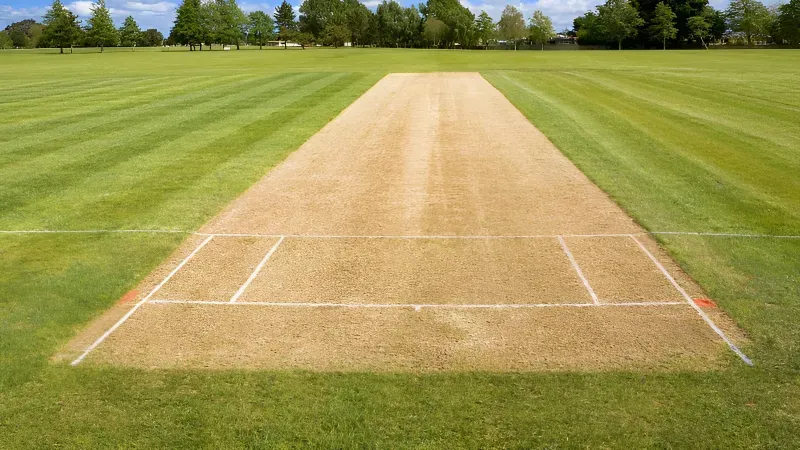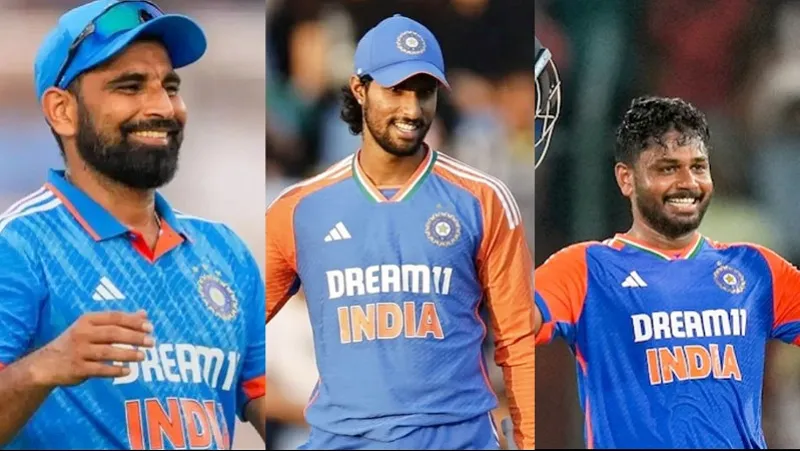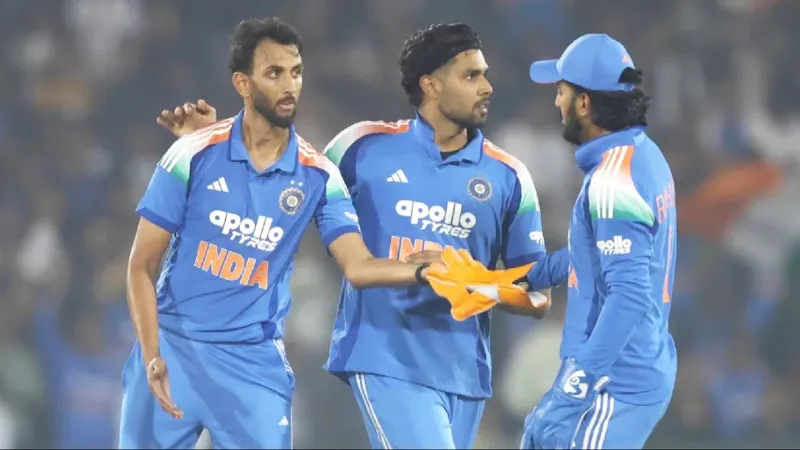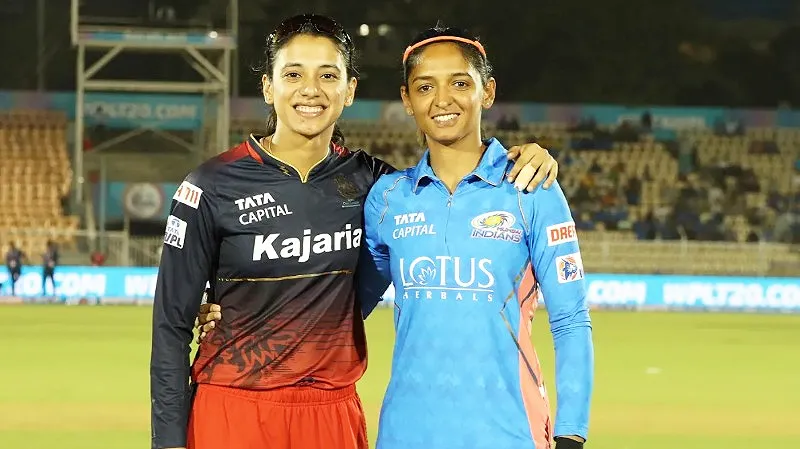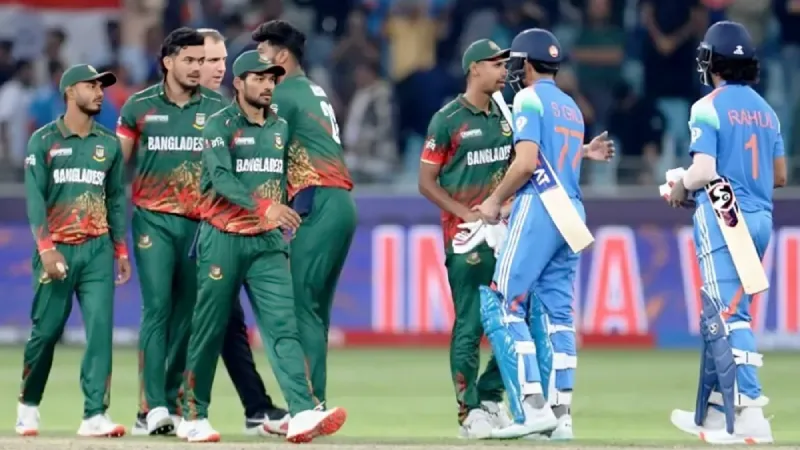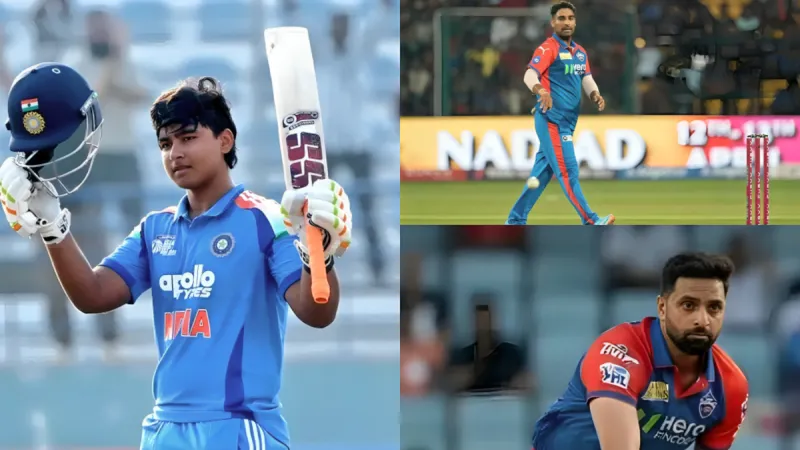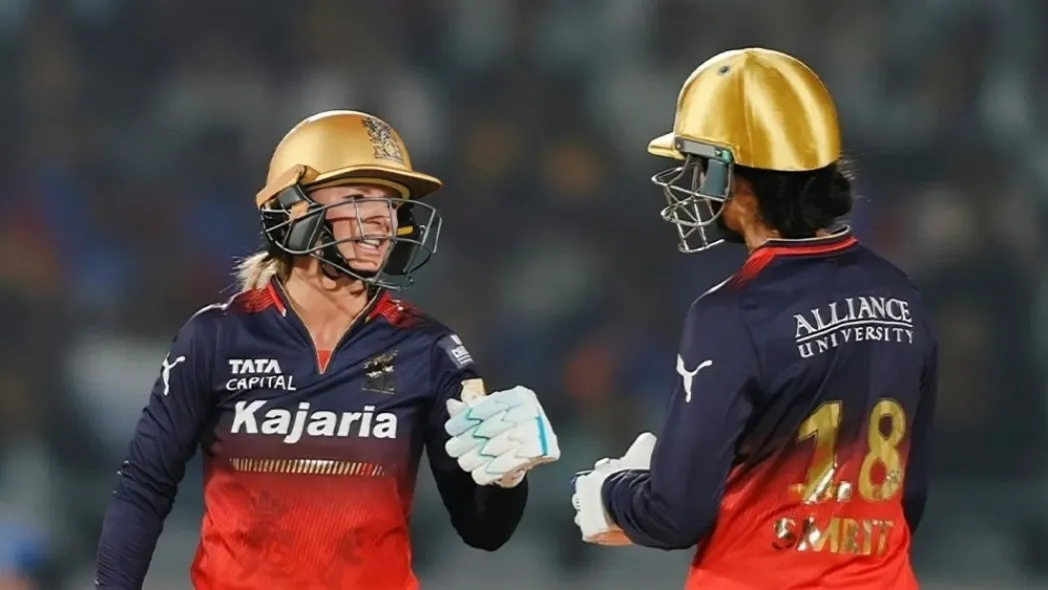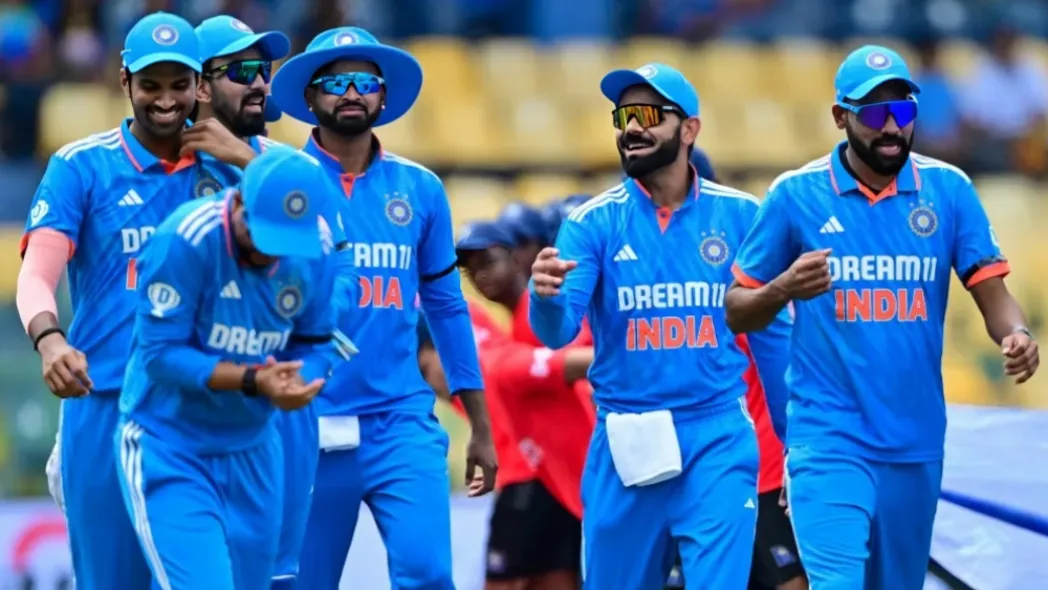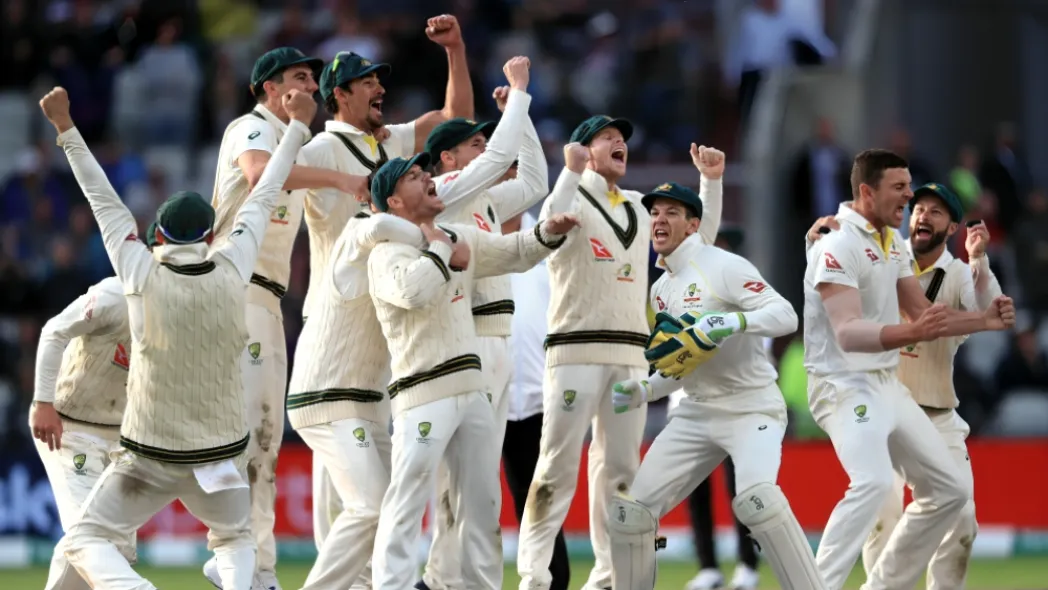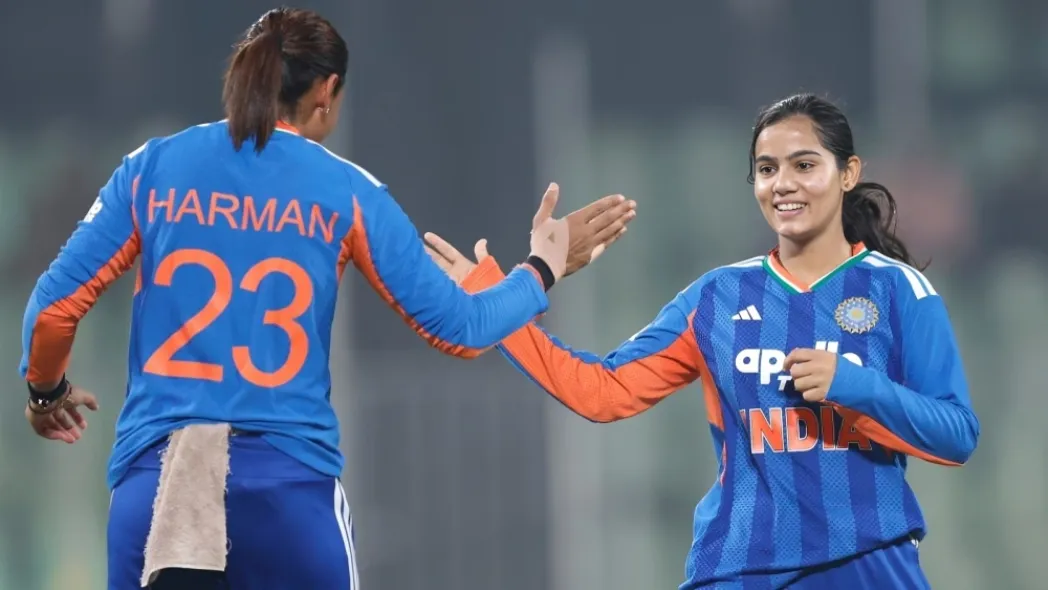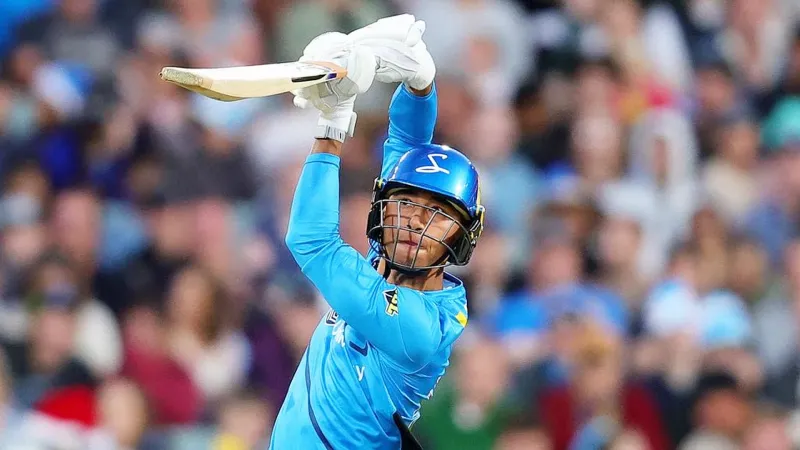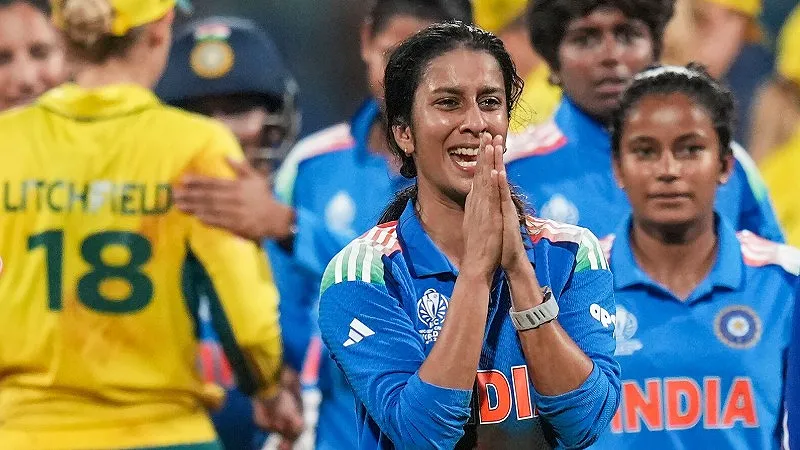Do you remember when there was a real contest in Test cricket, when an opponent could turn the tide with every ball, and you were glued to the action for five days courtesy of the battle between bat and ball? Well, that romance is starting to fade—literally. If you have been following the England versus India series of late, you would have seen something bizarre: bowlers looking lethargic as they neared the 30-over stage, captains pleading with the umpires to change the balls, and softballs behaving like sponge balls instead of fast bowling weapons. Welcome to Test cricket’s mid-life crisis.
The New Ball or Nothing
In this series, the Duke’s ball – proud seam with maintained integrity – has confirmed with extraordinary notes of disappointment. In seven innings, teams have taken 17 wickets in the first 30-over power play, compared to 15 wickets between overs 31 and 80. With the new cherry, that’s a wicket every 48.5 balls – and with the old cherry, this horrible average stands at about 105.04 runs. Simply put, as soon as the bursts have passed, the blokes might as well be rolling a piece of fruit.
The issue? The ball is going soft far too early – sometimes even before the 40th over. Josh Hazlewood said he had never bowled with anything deader at 70 overs. Shubman Gill was able to confirm the same through his Indian teammates with County experience. A softball on flat pitches makes the game essentially a glorified net session. The control percentage of batters also increases significantly as the ball ages. When the hardness fades, the contest fades.
Flat Pitches + Dead Balls = Boring Tests
There has been some engaging intent in the Bazball era, but obviously, that has meant some flat decks too. This is the problem with a team of fast bowlers that can cope with Australian pitches if you can dull the challenge for seamers. What do they mean by changing the Kookaburra in County games? Combine that with a worn Duke’s ball, and there’s another sport heavily biased towards batters.
Scorecards from the series are starting to look absurd: collapses after 20 overs, then 300-run partnerships while the ball acts like it has been microwaved. Shaoib Bashir bowled marathon spells with an old ball, having no assistance whatsoever. Heaven forbid it, even India started to employ ODI-style containment tactics after the 30-over mark, waiting for the second new ball to arrive like it was the second coming of some sort of messiah.
Why This Is More Than Just an Equipment Issue
You would assume this is simply a manufacturing mistake, perhaps it runs deeper? Ball-maker Dilip Jajodia had previously blamed COVID-era processes for producing poor-quality balls, that was supposed to be resolved by 2023. Yet here we are again. Could it be strategic? Could the manufacturers be working toward a wider cricket board directive along the lines of the ECB, encouraging flatter balls to create fast bowlers?
For whatever reason, it is the fans and the game that get reduced to fodder. A change of ball during a game that feels completely different than the previous one, like it did during The Oval Test in 2023- must raise stresses around fairness and integrity. The whole construct of Test cricket relies on the inherent nature of changing conditions from day one to the climax of day five.
So the real question has to be whether Test cricket can afford to give up some of its centrality by chasing entertainment and flat-track thrillers. Or has it simply come to a point where we need to harden up, which, if nothing else, means we need to harden up the balls? And think systematically about preserving the purest form of the game?
For more, visit JeetBuzz News to read our quality Cricket Blog updates. Explore if you want to reminisce and enjoy all of your favourite cricket players and nostalgic match moments. To ensure that you never miss out, keep updated and join in the fun!

